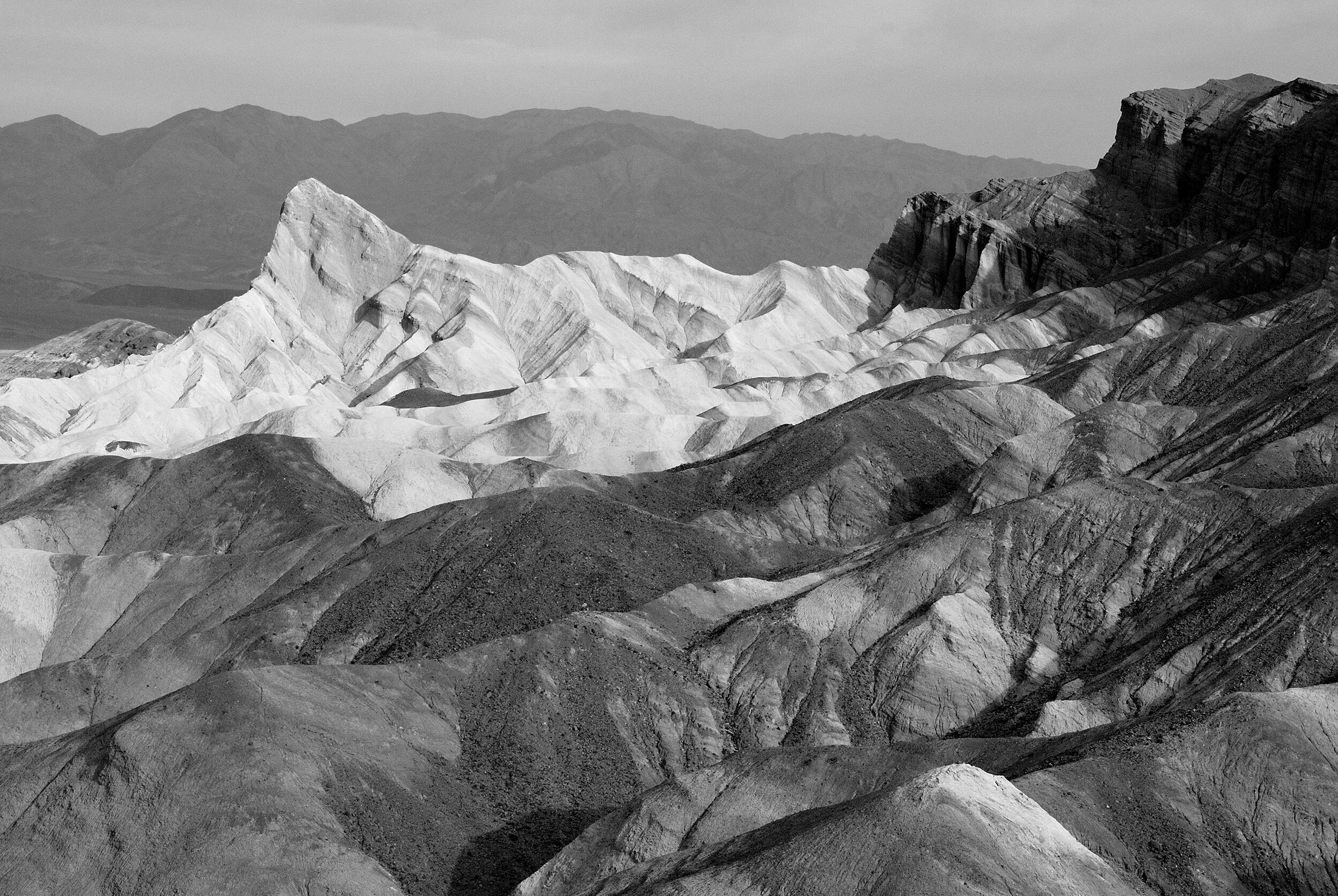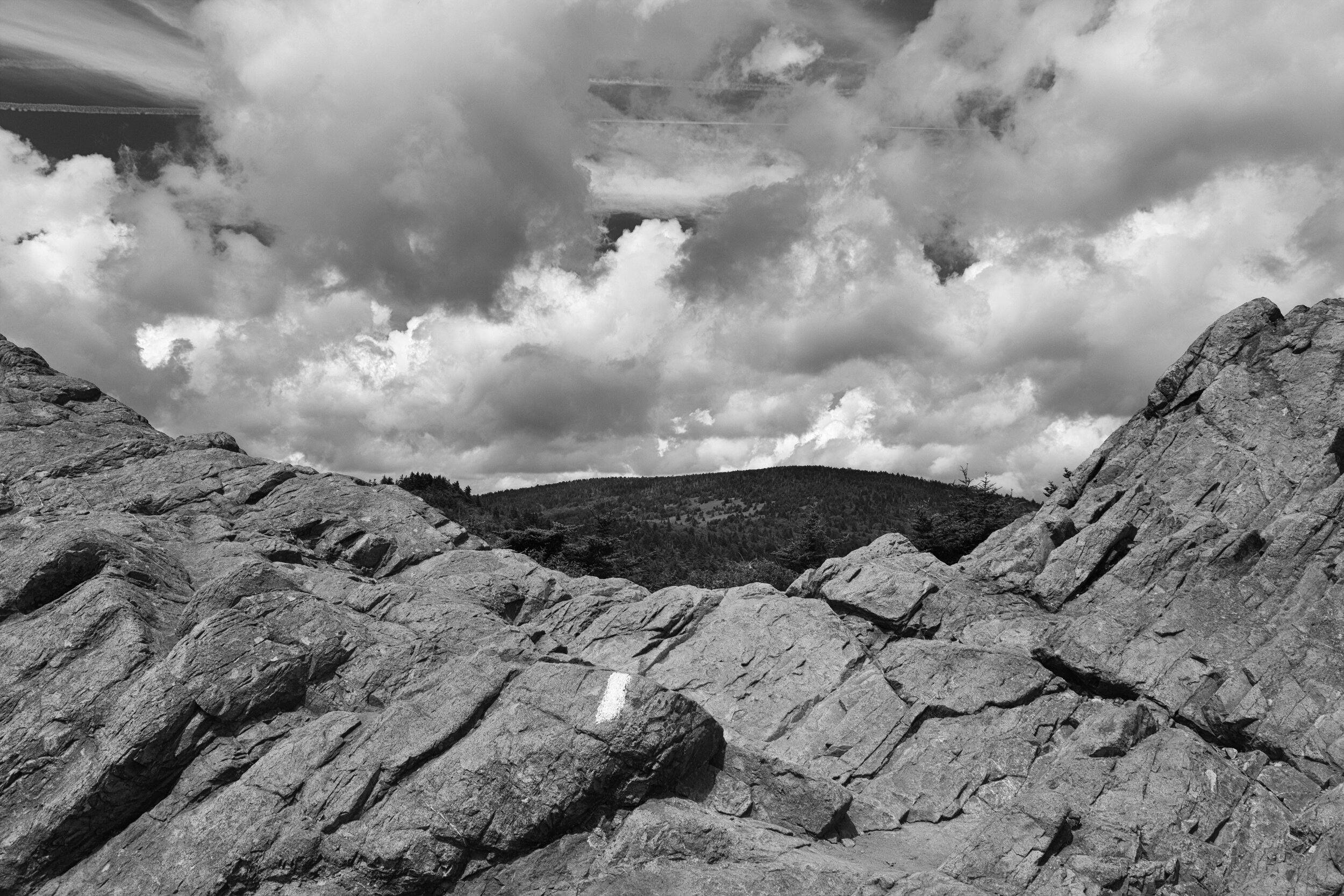Rock and Sky
In his book, “Wind, Sand and Stars,” Antoine de Saint Exupery, probably best known as the author of “The Little Prince,” described the evolution of the modern airplane - modern being 1940 at the time the book was written.
Have you looked at a modern airplane? Have you followed from year to year the evolution of its lines? Have you ever thought, not only about the airplane but about whatever man builds, that all of man’s industrial efforts, all his computations and calculations, all the nights spent over working draughts and blueprints, invariably culminate in the production of a thing whose sole and guiding principle is the ultimate principle of simplicity?
It is as if there were a natural law which ordained that to achieve this end, to refine the curve of a piece of furniture, or a ship’s keel, or the fuselage of an airplane until gradually it partakes of the elementary purity of the curve of a human breast or shoulder, there must be the experimentation of several generations of craftsmen. In anything at all, perfection is finally attained not when there is no longer anything to add, but when there is no longer anything to take away, when a body has been stripped down to its nakedness.
Black and White.
The distraction of color stripped away, leaving only form and light.
Better yet when the subject is the bare body of our planet, the bones of earth, its nakedness exposed to the sky. Eons of experimentation, the calculations, computations, craftsmanship of the wind and sun and ice and rain shaping its lines, removing bit by bit, piece by piece, the superfluous, the unnecessary.
Earth reduced to its building materials - rock, sand, sky, cloud, and wood.
Portrayed in black and white, the distraction of color stripped away. Leaving only form and light.






